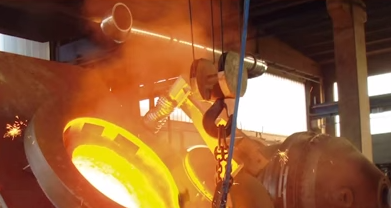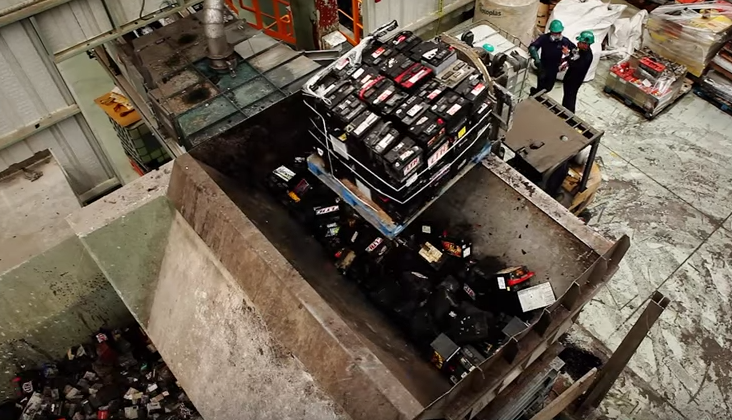Throwing old batteries into rubbish bins will ultimately waste resources. Just like paper, plastic and glass, the materials in batteries can be recycled to reduce the consumption of vital resources such as zinc, manganese, and steel. As naturally occurring deposits become scarcer and get harder to source, the cost of mining them increases and so does the cost to consumers. However by recycling them, we not only improve the supply, hence reducing their cost, but we also go a long way in preserving the natural supply.

For example, did you know that both zinc and steel can be recycled infinitely, retaining 100% of their physical and chemical properties? According to the International Zinc Association, only 40% of the world’s zinc is made from recycled materials, the remaining 60% comes from freshly mined ore. It elaborates further that since products made with zinc (such as the protective coating used in steel preservation) have such a long life cycle, the availability of resources to recycle is very limited.
With the advent of battery recycling, coupled with the introduction of new technologies to make the process more efficient, zinc recycling has become both environmentally and economically feasible, putting even more recycled content back into the marketplace. As a result, used batteries are being re-used in a variety of products not typically associated with energy. For instance, zinc from recycled batteries is used in dietary supplements and sunscreen.
There is also the more traditional reason for recycling batteries – to prevent the release of toxic substances into the environment. Ordinary alkaline batteries are typically disposed into landfills, which create significant toxic waste and other environmental issues. When the battery casings start corroding, toxic metals like cadmium, lead and mercury are released into the eco-system, resulting in water and soil pollution, which may immediately or later on cause serious health problems. Cadmium that washes off into water has already reached levels where it may be toxic to plankton and aquatic invertebrates and can also bioaccumulate in fish, making them unfit for human consumption. Nickel-cadmium, a known carcinogen, is another dangerous metal used in batteries that is dangerous when released to the environment.
 Battery recycling also saves on the significant carbon expenditure associated with metal extraction, transport, manufacture, storage, packaging and retailing of batteries that would otherwise be rubbish after use.
Battery recycling also saves on the significant carbon expenditure associated with metal extraction, transport, manufacture, storage, packaging and retailing of batteries that would otherwise be rubbish after use.
Recycling benefits everyone. It makes it possible to reuse materials that would otherwise be discarded after use. It promotes the circular “take, make and reuse” that will help sustain our planet for generations to come. Lets turn away from the linear “take, make, and toss away” model that is definitely not going to carry us into a sustainable or thriving future. Got old batteries? Start recycling.